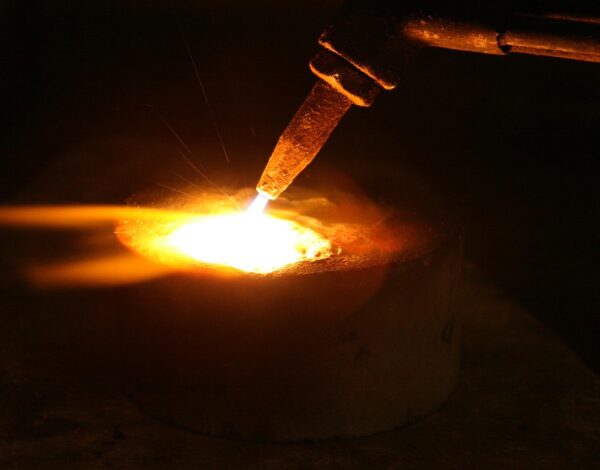

Mimicking Natural Habitats: Oxygen Systems for Zoos and Aquariums
There are many curiosities surrounding how zoos and aquariums imitate natural habitats for animals living in captivity. Nature has a way of taking care of things on its own, but have you ever wondered how marine exhibits in zoos and aquariums are cleaned? Or if the water needs to be disinfected like the average community pool?
The process is not as simple as scooping out a beta fish with a green handheld net and transferring it to a plastic cup. Nor is it as easy as throwing chlorine into a bubbling hot tub. To keep these habitats as close to the wildlife’s natural ecosystem as possible, no chemicals can be introduced to the water animals live and breathe in.
Zoos and aquariums have one special technique that involves supplementary atmospheric gases – and that is the combination of oxygen and ozone management systems. Together, these two chemical elements “sanitize” large exhibits to mimic natural habitats.
Is Ambient Air Enough?
To mimic natural habitats, we aren’t just talking about constructing waterfalls, rock formations, and vegetation. When creating an environment with life sustaining chemical compounds and elements, there are many logistics to review.
Though we may assume that oxygen is everywhere – we may be mistaking ambient air with the oxygen concentration necessary for wildlife living in captivity. Though oxygen does enter aquariums and animal exhibits through the water’s surface, the absorption in an enclosed environment is not nearly as refreshing or substantial as the sky meeting the open ocean.
Air pumps and oxygen tanks are not the same application. Air pumps “agitate” the water to initiate the gas exchange between oxygen entering the water and marine life expelling carbon dioxide. They also aid in filtration – but, singularly, are they enough? When dealing with 10-million-gallon tanks, the simple answer is no.
Aquariums and water reservoirs for mammals may be warmer than they would be in a natural setting. Higher water temperatures can increase the basal metabolism of fish, requiring their need for more oxygen. When waters are warmer, they can also foster environments for bad bacteria and parasites. Like hypoxia in humans, a lack of oxygen can make fish low-energy, confused, and sickly.
An oxygen generator that dissolves oxygen to keep fish, amphibians, and mammals breathing well, should be accompanied by an ozone management system to keep the water clean and provide more oxygen for these animals than ambient air alone ever could.

Oxygen and Ozone Management Systems
Ozone is the best disinfectant for large scale aquariums and aquatic exhibits, and oxygen generators are a necessary application for ozone management systems to work. Together, oxygen and ozone initiate water purification by removing bacteria, pesticides, and levels of toxicity. Seals, sea lions, hippos, tigers, penguins, polar bears, and others can have access to clean, oxygen-rich waters that are closer to their natural environments.
With the presence of ozone, oxygen can be dissolved into water at greater levels than it can be on its own. Controlled levels of oxygen promote fish growth and overall health, decreasing disease and mortality. Of course, too much dissolved oxygen can lead to gas bubble disease, so it is important to monitor appropriate amounts in proportion to tank size. For indoor aquariums with low lighting for photosynthesis, additional oxygen will keep fish cleaner and more energized.
Providing Oxygen to Aquariums and Zoos in the Rocky Mountain Region
The wonder of aquariums and zoos captures children and adults alike, and it is our pleasure as a company to have the capacity to serve the animals that live in them here in the Rocky Mountain Region. We sell various sizes of packaged oxygen and offer options for bulk cryogenic tanks as well to service oxygen generators. Whether you’re a marine biologist or a fish keeping hobbyist, we have solutions for you.
Rocky Mountain Air Solutions operates in Colorado, Utah, Wyoming, Idaho, and Nebraska. Contact your local branch today for a quote to increase dissolved oxygen in your application. We look forward to serving you!



